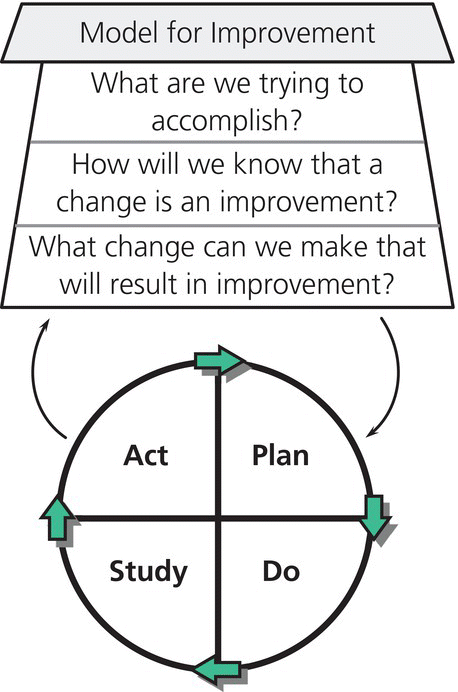Chapter 72 Kevin E. Mackey and Scott S. Bourn “Quality is not an act; it is a habit” (Aristotle) Quality in EMS can be analogous to UFOs. Some are sure they have seen them and can describe them in detail. Others believe in their existence but have never seen them. Still others doubt their existence entirely or refuse to believe they are possible. But everyone agrees that, although often difficult to define, quality is an essential component of a vibrant EMS community. This chapter will describe current knowledge about quality and improvement, and then apply those principles to EMS. Throughout the chapter, examples will be provided to make the theory tangible, and specific suggestions will be offered to help medical directors and clinical leaders apply the principles to their own practices. Traditional descriptions of EMS quality have frequently had a narrow focus on specific objectives rather than overall system performance. For example: In 2001, the Institute of Medicine published Crossing the Quality Chasm and described health care quality as safe, effective, patient-centered, timely, efficient, and equitable [1]. Five years later, this same organization, in the seminal report Emergency Medical Services at the Crossroads, described EMS as fragmented and stated that EMS quality is “highly inconsistent from one town, city, or region to the next” [2]. The report went on to assert that there is no agreed-upon national measure for quality and no consensus for who oversees or is accountable for quality. The challenge for EMS leaders is to move quality in EMS, be it a state, region or a local EMS community, urban, rural, volunteer, wilderness, military, or interfacility operation, from a myth to a reality that continuously drives excellent, patient-centered care. In responding to that challenge, it will be important to remember that quality is a journey, not a destination; a process of assessment and reassessment, change, and adaption to continuously improve the delivery of the product (in this case, comprehensive and coordinated expert care) to the consumer. It is all about improvement, never being satisfied that the product is perfect. The science of improvement had its origins in manufacturing, where quality is based on reliable execution of optimal processes. W. Edwards Demings was a statistician, professor, and consultant who spent a large part of his life teaching corporate leaders how to improve design and product quality. In the early 1980s, Deming was recruited to jump-start a quality movement in the failing Ford Motor Company. Within 3 years, Ford had undergone a massive internal transformation and surpassed General Motors in sales and profits. In 1987, President Ronald Reagan awarded Deming the national Medal of Technology for his contribution in improving quality workmanship within the technology sector of the United States. Deming believed that the ability to create improvement requires knowledge about the subject at hand (making cars or practicing medicine) combined with what he referred to as the System of Profound Knowledge. The System of Profound Knowledge asserts that improvement requires an understanding of the interaction of four factors that affect processes and outcomes. The descriptions below offer EMS examples for each. Careful consideration of all four aspects of the System of Profound Knowledge will guide quality leaders in developing a change or improvement within the system. Application of Deming’s principles to actually solve quality problems requires a structural framework that can guide the process and set parameters. Fortunately, there is a powerful tool available that can be used to guide and drive the process of quality improvement. The Associates in Process Improvement (Austin, Texas) developed this tool several years ago and it is currently used in education, health care, and public and private business to drive change and improvement. Although there are other guides and tools available, the Model for Improvement was adopted by the Institute of Healthcare Improvement as its “weapon of choice” to promote a balanced and healthy approach to improving quality within health care systems, including EMS. Use of this model within your system to define, measure, and ultimately improve quality is a major focus of this chapter. The Model for Improvement (Figure 72.1) begins with three basic questions, each of which is foundational to understanding and defining the target of the improvement effort. Figure 72.1 Model for Improvement. Source: Langley G, Moen R, Nolan K et al. The Improvement Guide: A Practical Approach to Enhancing Organization Performance, 2nd edn. San Francisco: Jossey-Bass, 2009, p.24. Reproduced with permission of John Wiley & Sons, Inc.
Defining, measuring, and improving quality
Introduction
Quality in EMS
The science of quality and performance improvement
The Model for Improvement

Stay updated, free articles. Join our Telegram channel

Full access? Get Clinical Tree





